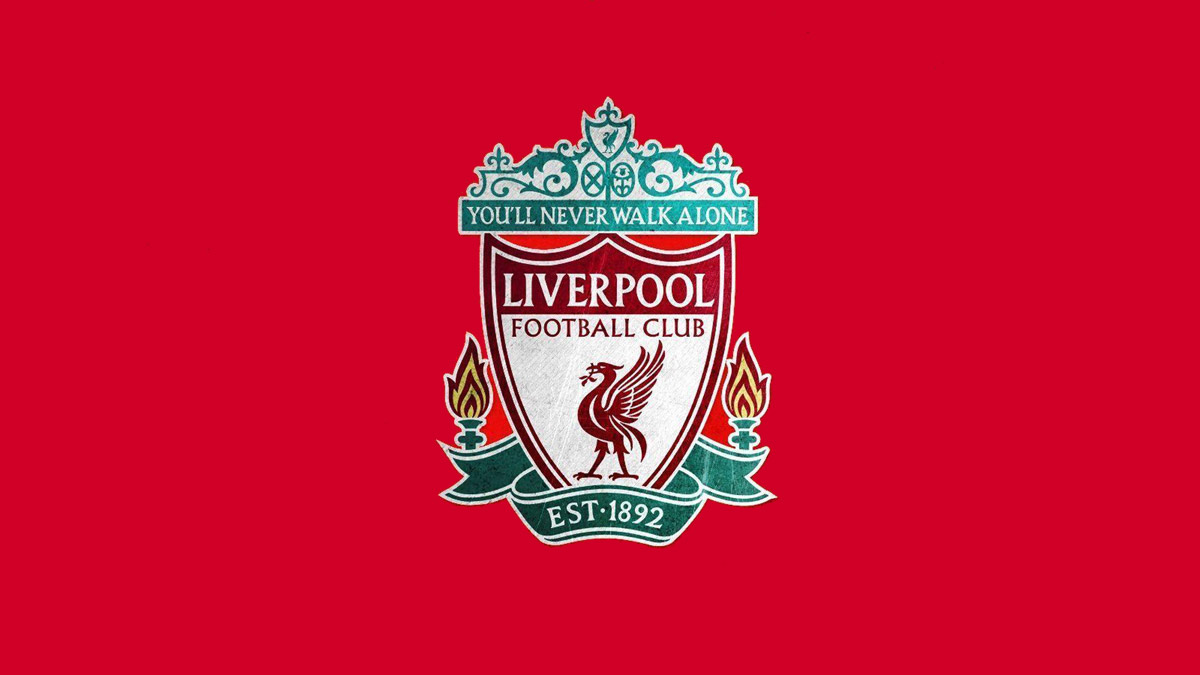
In the early years of football’s development, women’s participation in the sport was met with a mix of both enthusiasm and resistance. However, a significant setback occurred in 1921 when the Football Association imposed a ban on women’s football, prohibiting them from playing on FA-affiliated grounds. This decision stemmed from a combination of societal prejudice, fear of losing male spectators and concerns over the physical toll the sport might have on women. The FA argued that women’s football was unsuitable and inappropriate, a view that was widely held at the time.
The ban forced numerous women’s teams to disband, leaving countless talented athletes deprived of their passion. Nonetheless, this unjust prohibition failed to extinguish the love for the game amongst women and alternative leagues and competitions soon emerged, defying the FA’s restrictions. It was not until 1971, after five decades of inequality, that the FA finally lifted the ban. For their part, Liverpool were just as bad as other teams around the country in terms of the club’s treatment of the women’s game, but thankfully things have changed over the years and nowadays the Liverpool Women’s team is well-respected.
The History Of The Liverpool Women’s Team
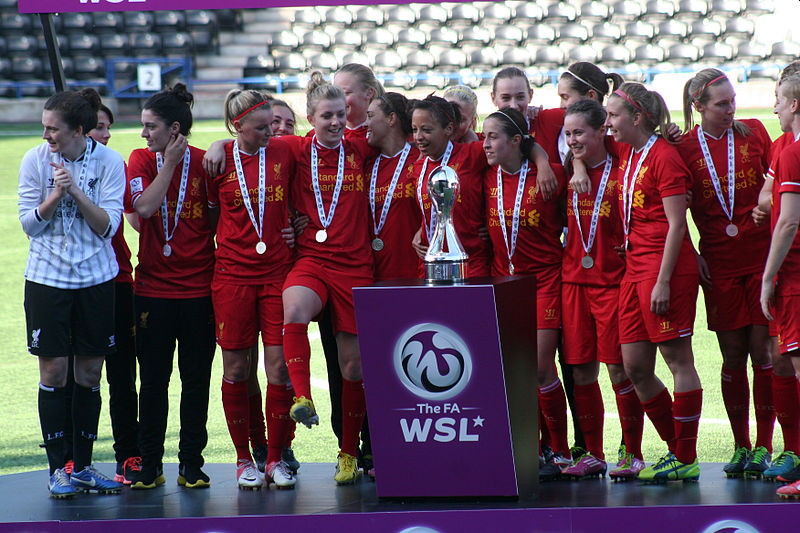
When it comes to Liverpool Ladies, the history is a little more circumspect than you might imagine. Newton LFC was formed in 1989, later renamed Knowsley United Women’s Football Club. Former England international Liz Deighan was responsible for the club’s formation and it was one of the founder members of the National Premier Division, which was organised by the Women’s Football Association.
Knowsley United made it to the final of the Premier League Cup in 1993, losing to Arsenal, but it was enough for a local Member of Parliament. Eddie O’Hara, to table an Early Day Motion congratulating the club on extending Merseyside’s appearance in Wembley finals.
A year later and the team made it the final of the FA Women’s Cup, losing 1-0 to the Doncaster Belles. It was a sign of how well the team was doing, even in spite of the lack of official support from the men’s team. That began to change in the mid-1990s, with an official link coming in 1994. At that point, the team took on the moniker of Liverpool Ladies Football Club. Whilst being attached to the men’s team was obviously good news for for the advancement of women’s football on Merseyside, it would be untrue to suggest that it had an immediate impact on the club in terms of success.
The club lost in the final of the FA Women’s Cup in 1995, missing out 3-2 to Arsenal in a game played at Tranmere Rovers’ home ground of Prenton Park. They also lost in the final the following year, drawing 1-1 with Croydon in a match played at The Den before losing on penalties after an uneventful period of extra-time. The team remained rooted in the National Premier League throughout the 1990s, but a chronic lack of investment from the owners of Liverpool Football Club meant that they dropped down to the Northern Division in 2003. They returned briefly in 2004, but won just two games and were relegate again.
Under-Investment As The Standard
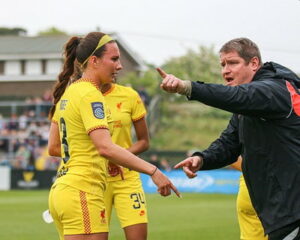
The reality of life at Liverpool Ladies was that the club wasn’t all that interested in investing into it in any meaningful way. This resulted in numerous seasons bouncing between the Premier League National Division and the Northern Division. When the Women’s Super League was formed in 2011, Liverpool were one of the founding members. This was in spite of the fact that the club had never really been viewed as a serious enterprise by the owners and, when Robbie Johnson stepped down as managed in June of 2012, he did so having won just two games in his final two seasons.
A decision was taken by the new manager, Matt Beard, to completely overhaul the squad when he came in in August of 2012. He released ten players and made some high-profile signings, bringing in Whitney Engen, a national player in the United States of America’s women’s team, for example. It proved to be a wise move by Beard, who led the Reds to their first Women’s Super League title on the 29th of September 2019 when they defeated Bristol in an end-of-season title decider. That ended a period of domination from Arsenal, who had won the WSL nine years in a row.
The club retained the title the following season, only for Beard to leave at the end of the 2015 campaign in order to take up a position as the Boston Breakers’ manager in the US. It had been a difficult season for Liverpool Ladies, with numerous injuries resulting in a seventh-placed finish in the WSL and no cup success. Scott Rodgers was promoted from being Matt Beard’s assistant to taking full charge of the team. Even so, the underinvestment that had plagued the women’s team in the past continued, in spite of the fact that a landmark shirt sponsorship deal was signed with Avon Products in 2017.
A little over a year after that sponsorship deal had been signed, which resulted in Liverpool Ladies having their own sponsor separate from the men’s team, the club was re-branded to become Liverpool Football Club Women. In 2019, Standard Chartered, perhaps because of the negative publicity surrounding the fact that Avon Products had paid more than them to be sponsors, changed their approach. They took over as front-of-shirt sponsors and also became the Main Club Partner, which was in line with how the men’s team was treated by the financial company.
Relegation & Return
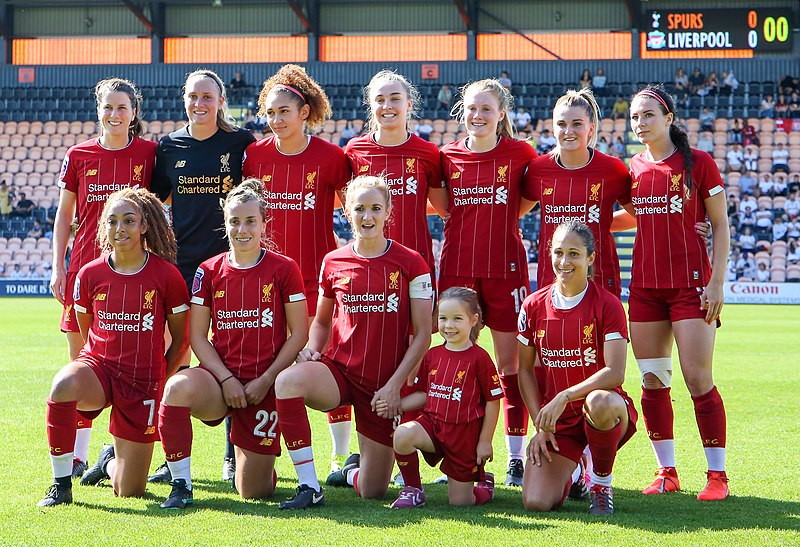
Even when the men’s team left Melwood and moved to their new training facility in Kirkby, there was no thought given to what the women’s team would do. Whilst Melwood was eventually bought back for them to use, as will be discussed later, at the time there was no concern about the women’s team.
When a decision was taken to curtail the 2019-2020 WSL season because of the global health crisis at the time, the Liverpool Women’s team was relegated into the FA Women’s Championship. They remained there for a couple of seasons with Matt Beard eventually returning as manager.
With Beard back at the helm, the Liverpool Women won the 2021–22 FA Women’s Championship thanks to 16 wins out of their first 22 games. Jürgen Klopp, the manager of the men’s team, summed up what had happened previously when he said, “Obviously, Liverpool was in the last years not famous for treating or dealing with women’s football outstandingly well. They didn’t go down to the Championship for no reason. Now they are back and we have to make sure that we use the situation. It is a wonderful team, great coach and I’m really happy for them to get promoted.”
Part of the move to re-invigorate the team’s chances involved the appointment of Russ Fraser as the Managing Director; the first to be appointed at Liverpool FC Women. It was, perhaps, a sign that the women’s team was being taken more seriously by the owners after years of both chronic underfunding and a complete lack of respect for the women’s side of the sport. Whilst that was largely in line with how a lot of football treated the women’s game, it was obviously disappointing for those involved in the Liverpool Women’s setup, as well as the supporters who watched the matches when they were on.
Where They Play
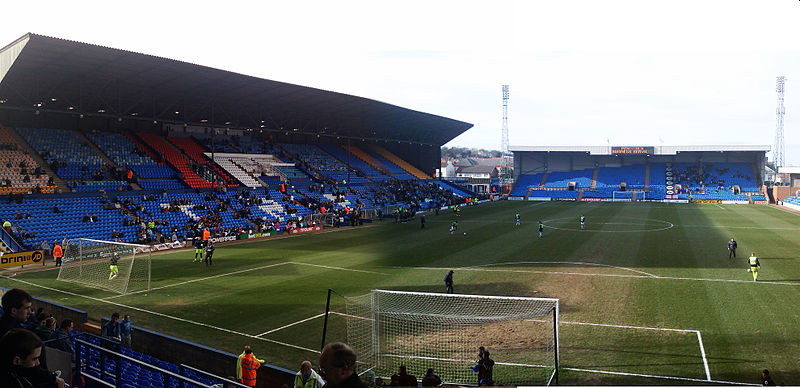
Whilst you’d be forgiven for thinking that the Liverpool FC Women’s team would play its games at Anfield, the truth is that most female football teams don’t play at the same ground as the men’s team. That isn’t always the case, with the occasional big match being shifted to the better-known venues, but the majority of Liverpool Women’s games take place at Prenton Park. That is interesting on account of the fact that that is the home of Tranmere Rovers, the professional football team on the Wirral. That is a peninsula on the other side of the River Mersey to Liverpool.
In other words, the Liverpool Women’s team doesn’t play its home games in Liverpool, though the ground is on Merseyside. It means that some supporters struggle to make it to matches, with the nearest train station being 1.2 miles away. There are a number of buses that travel to the ground, but it is certainly the case that a stadium in Liverpool would be significantly more convenient for supporters in the city. There is a large car park at Prenton Park and parking is free on Liverpool Women match days, but not everyone drives, meaning that most people will want to use public transport where possible.
Where Liverpool Women Train
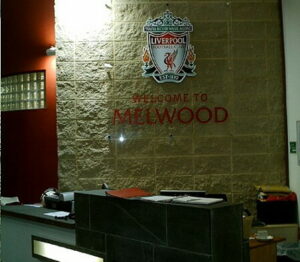
When the men’s team was based at Melwood, its training ground for most of the club’s existence, there wasn’t enough room there for the women’s team to be based there too. When a new state-of-the-art training facility was opened in the Kirkby area of the city, there was a hope from some that the women’s team might be thought of during the building process. Instead, Melwood was sold to a housing development company called Torus and the Liverpool Women’s team was told to continue training at The Campus, the home of Tranmere Rovers’ training facility on the Wirral.
In 2023, Liverpool confirmed that they had decided to buy Melwood back from Torus, who hadn’t done anything with the area since its £10 million purchase four years earlier. Local residents had disagreed with the sale in the first place, believing that it should be kept for the purpose of community outreach programs. In 2021, former Liverpool players Jamie Carragher and Robbie Fowler opened an academy at the site, which was aimed at helping young people to gain jobs in football alongside further education programs, whilst Liverpool looked into developing an elite training facility for the women’s team.
Word is that Liverpool are transforming Melwood into an elite training facility for their women’s first team & academy 👏
A club with a rich history of not giving a crap about their women’s side… could this indicate a shift? #BarclaysWSL
— The Women’s Soccer Show (@TheWOSOshow) June 11, 2023
When the Reds chose to buy Melwood back, they did so with the main plan being to allow the women’s team to train there. It was decided that developing a location that was in Liverpool’s blood as the game of the women’s training as well as for outreach purposes was the best thing to do.
Andy Hughes, Liverpool’s Managing Director, said, “Now is the right time to make this move and we’re absolutely delighted that we’ve managed to take this opportunity to return to Melwood and to see it start a new chapter of Liverpool’s commitment to our women’s first team and academy.”
How To Get Tickets
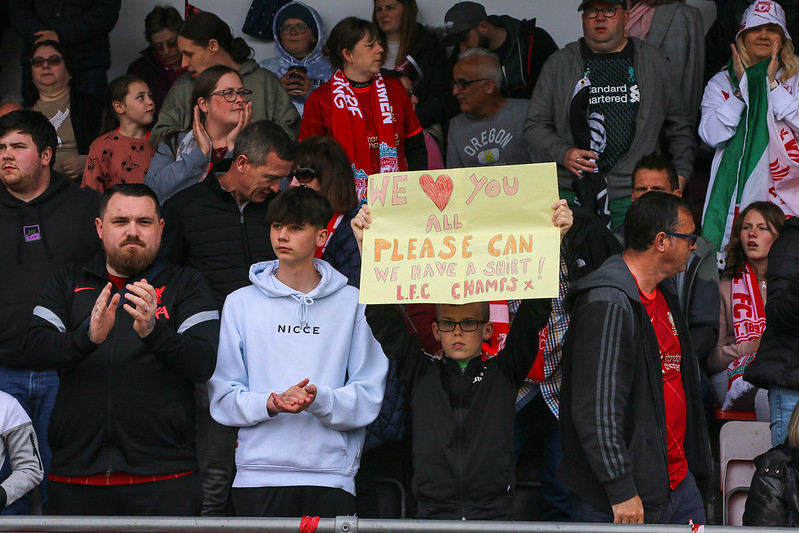
For reasons known only unto Liverpool Football Club, a decision was taken to mean that you cannot buy tickets to watch the Liverpool Women’s team play at Prenton Park at the stadium itself. Instead, all tickets need to be bought online, with a need to buy them ahead of the game also being important if you’re hoping to avoid disappointment. If and when a match is played at Anfield, the same rules of buying your tickets online apply. This is the case regardless of whether you’re looking to buy ambulant or disabled tickets, including for wheelchair users.
Tickets go on sale about three weeks before each match is scheduled to take place, irrespective of whether the match is a league game or in one of the cups. Obviously in the case of cup games, the tickets get added as and when Liverpool Women progress in the competition. Your tickets will be for either the Bebbington Paddock or the Town Paddock, with seating being allocated when you book. As far as how many tickets you can buy, there is no limit on the number of tickets that can be bought during a transaction, which perhaps indicates that there is still some way to go for the women’s team to catch up with the men’s.
How Many Tickets Get Sold
| Date | Opposition | Attendance |
|---|---|---|
| 18/09/2022 | Chelsea | 3,006 |
| 25/09/2022 | Everton | 27,574* |
| 23/10/2022 | Arsenal | 3,348 |
| 06/11/2022 | Aston Villa | 1,719 |
| 04/12/2022 | West Ham United | 1,075 |
| 05/02/2023 | Reading | 1,608 |
| 12/02/2023 | Leicester City | 1,818 |
| 12/03/2023 | Tottenham Hotspur | 1,971 |
| 23/04/2023 | Brighton & Hove Albion | 1,888 |
| 07/05/2023 | Manchester City | 2,552 |
| 27/05/2023 | Manchester United | 5,778 |
*This match was played at Anfield
You would be forgiven for wondering how many tickets tend to be sold for Liverpool Women’s matches, especially when you consider the fact that there is no limit put in place on the number of tickets that you can buy in one go.
There are numerous things that influence this, such as where the match is being played and who the opposition are. The table here looks at some of the matches that took place in the 2022-2023 season, giving you at least a sense of how many tickets were sold.
The difficulty is that Liverpool Women’s team doesn’t tell us which tickets at a match were sold to away supporters and which were season tickets etc. As a result, we can’t say with any sense of definitiveness how many tickets are sold for their matches. That being said, only five matches saw attendances higher than 2,000, so it isn’t unreasonable to suggest that not huge amounts of tickets tend to be sold. Although, nearly 30,000 people went to Anfield to watch the Merseyside derby, suggesting that there is demand there when an appropriate stadium is chosen as the venue for the matches.
Can You Get Season Tickets
| Category | Price |
|---|---|
| Adult | £60 |
| Concession | £35 |
| Adult & Child | £75 |
| Family (2+2) | £140 |
Whilst it is clear that there is wide availability for Liverpool FC Women’s matches, it isn’t unreasonable for you to feel as though you’d like to get a season ticket in order to avoid having to go through the process of trying to get tickets for each and every match.
The good news is that season tickets are indeed available, with the table here showing the price structure for the 2022-2023 campaign, which will at least give you a feeling for how much you’re likely to have to pay for them,
When you consider the fact that tickets on the day cost £7.50 for adults and £5 for concessions that season, you can see that £60 for an adult season ticket is extremely good value. The prices will no doubt have changed since the 2022-2023 campaign, but it is worth having told you about them so you get a sense of the likely value. They also won’t have gone up that much.
What Have They Won
| What They’ve Won | When They Won It |
|---|---|
| FA Women’s Premier League Northern Division / FA Women’s Championship | 2003-2004 |
| FA Women’s Premier League Northern Division / FA Women’s Championship | 2006-2007 |
| FA Women’s Premier League Northern Division / FA Women’s Championship | 2009-2010 |
| Keele Classic | 2010 |
| FA Women’s Premier League National Division / FA Women’s Super League | 2013 |
| FA Women’s Premier League National Division / FA Women’s Super League | 2014 |
| FA Club of the Year | 2014 |
| FA Women’s Premier League Northern Division / FA Women’s Championship | 2021-2022 |
Liverpool FC Women’s list of honours is not exactly the longest in the WSL, nor the women’s game in general, but it is worth having a look at what it is that they’ve won over the years. The table above looks at both what they’ve won over the years and when they’ve won it.
How They Stack Up Against The Men’s Team
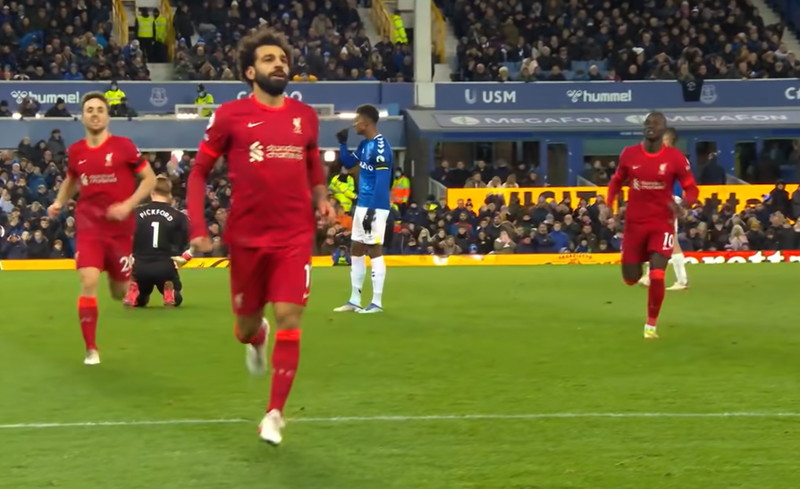
As you can see from the table above, there isn’t a huge amount of comparison between the men’s team and the women’s. The men have won the top-flight title 19-times at the time of writing, to say nothing of six European Cups, eight FA Cups and nine League Cups. Add to that the fact that Liverpool have won the UEFA Cup three times, the UEFA Super Cup four times and the FIFA Club World Cup and it’s easy to see why Liverpool are the most successful English men’s team of all time, meaning that the women have got some way to go to catch up.
That being said, the women’s team only officially became part of the football club in 1994. When you remember the extent to which women’s football was intentionally oppressed by the Football Association and was underfunded so criminally by Liverpool Football Club, it isn’t hard to understand why it is that the women still have some way to go before they’re even likely to be competing with the men in terms of success.
It is hoped by all involved in women’s football that a corner has been turned in terms of it being treated with respect, so hopefully the future is bright.
Who Have Been The Biggest Stars Up To Now
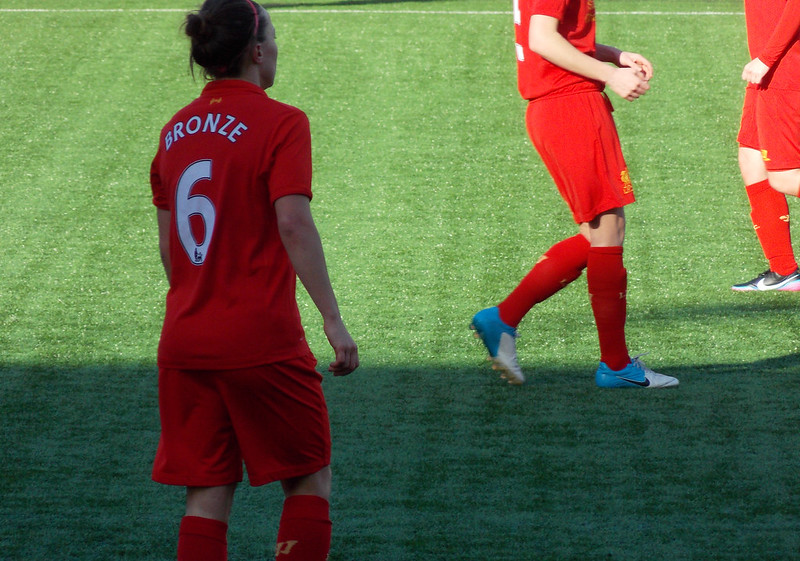
Having enjoyed success over the years, you might be interested to know who some of the biggest starts have been for Liverpool Women since the team became part of the wider Liverpool Football Club family. Here is a look at some of them:
Lucy Bronze
In men’s football, there aren’t many players who have moved directly from Everton to Liverpool. The same isn’t quite as true in the women’s game, as demonstrated by Lucy Bronze, who played for Everton between 2010 and 2012 before moving to Liverpool in 2013. She followed Natasha Dowie and Fara Williams in signing for the Reds, which happened when Liverpool became England’s first full-time women’s club. She was part of the team that won the WSL title in 2013 and then retained it a year later, helping the club to suffer only two defeats in 2013.
Natasha Dowie
It would be unfair to mention Lucy Bronze thanks to her part in Liverpool’s WSL winning side and not have a word for Natasha Dowie. Dowie began her playing career with Watford Ladies, signing for Fulham Ladies and then Charlton Athletic Ladies. When Charlton Scrapped their women’s team in 2007, she moved to Everton Ladies and then joined Liverpool in 2012. With 13 goals in 14 games, she finished the 2013 WSL season as the top goalscorer, being voted the FA Players’ Player of the Year. She was also instrumental in helping Liverpool Women win the title again the following year.
Fara Williams
Fara Williams was one of three women who left Everton to join Liverpool in the same summer, going on to become a crucial member of the team that not only won the title but also retained it. That came after eight years at Everton, including being the captain. Yet it was at Liverpool where she enjoyed the most success, thanks in no small part to those back-to-back WSL titles in 2013 and 2014. At the same time, she became England Ladies’ most capped player on the third of August 2014 when she played in the match against Sweden in Hartlepool, which England won 4-0.
Gemma Bonner
Given the fact that Liverpool FC Women’s biggest success came in 2013 and 2014 with those successive Women’s Super League titles, it is only right that we name the captain of the team as a ‘big star’. Gemma Bonner began her career with her hometown club of Leeds United, moving to Chelsea before signing for Liverpool in 2012 as part of Matt Beard’s overhaul of the club. Beard had worked with her at Chelsea and appointed her as captain, which was the role that she fulfilled when the club won those two league titles, lifting the trophy on both occasions before moving to Manchester City. She later returned to Liverpool in December of 2022.
